Junkyard Gem: 1964 Pontiac Catalina Custom Ventura

Like Impala, Skylark, Malibu and Silverado (among many others), the Ventura name began its career as the designation for a trim level or option package used on another GM model, then became a model name in its own right. Initially a designation for a snazzed-up Pontiac Catalina two- or four-door hardtop, the Ventura name moved over to a Pontiac-ized version of the Chevy Nova for 1971. Today’s Junkyard Gem, found in a Northern California car graveyard, proudly bears both Catalina and Ventura badging.
Actually, the Catalina name itself started out as a trim level for the Chieftain and Star Chief models of the 1950s, just to confuse everybody. By the time this car was built, the Catalina was the cheapest of four Pontiac models built on the same full-size B-Body platform as the big Chevrolets and Olds 88s of the time (the Star Chief, Bonneville and Grand Prix ranked above it on the 1964 Pontiac Prestige-O-Meter).
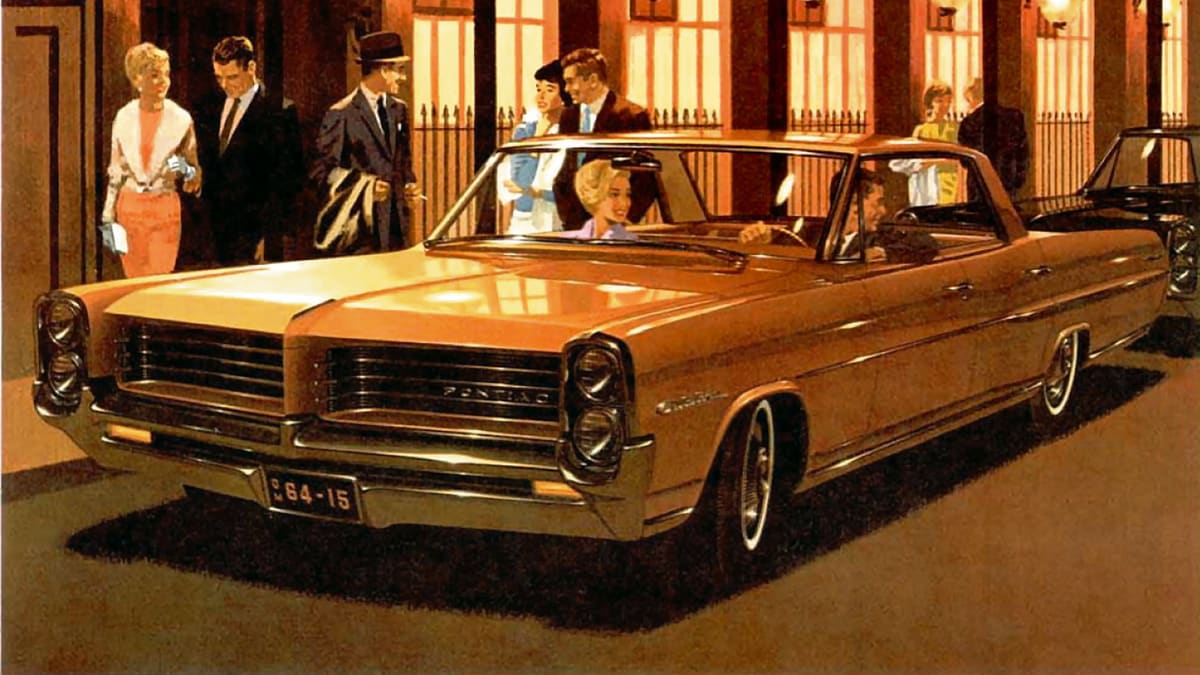
The 1964 Catalina four-door hardtop with the Custom Ventura package offered a lot of swank per dollar, with a price starting at $3,063. That’s about $29,821 when converted to inflated 2023 dollars. The main benefit of the Custom Ventura package was an interior done up entirely in Morrokide upholstery. Morrokide was the name GM applied to Naugahyde fake leather when used in Pontiac vehicles; when used in Buicks, it was known as Cordaveen, while Oldsmobile Naugahyde was called Morocceen. Naugahyde took its name from the town of Naugatuck, Connecticut, where it was invented.
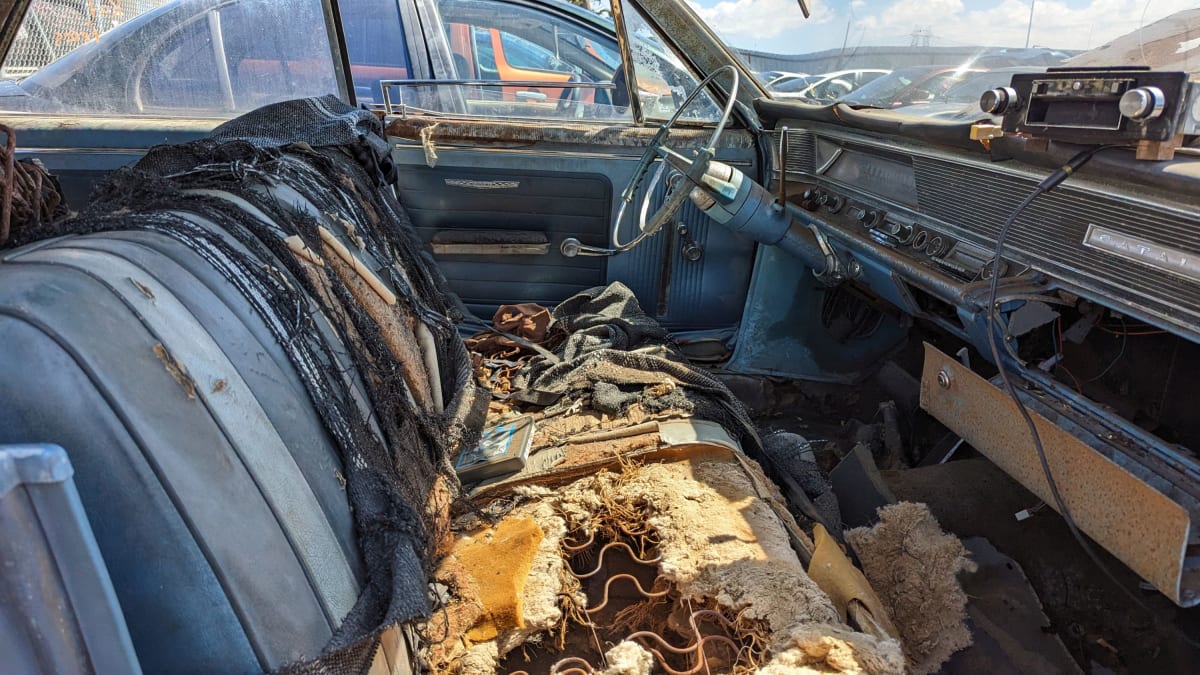
This car’s Morrokide is in rough shape. In fact, everything about this car is decayed and probably infectious.
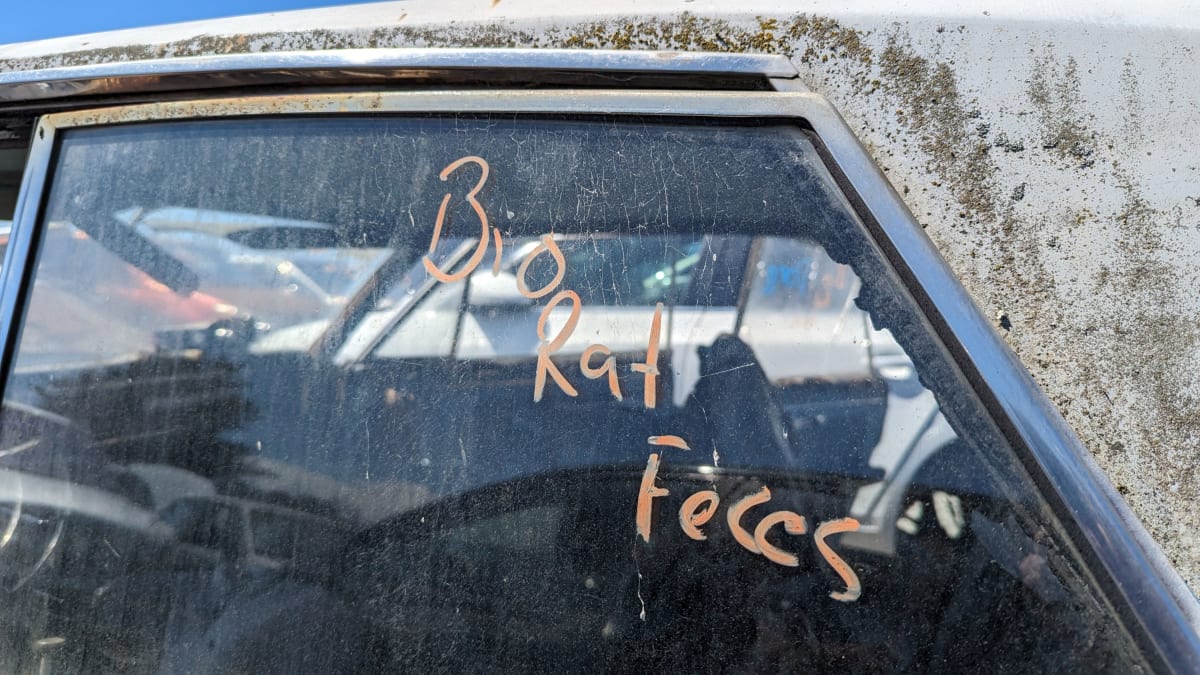
You know to be careful when a junkyard car has warnings about rat feces inked on the glass.
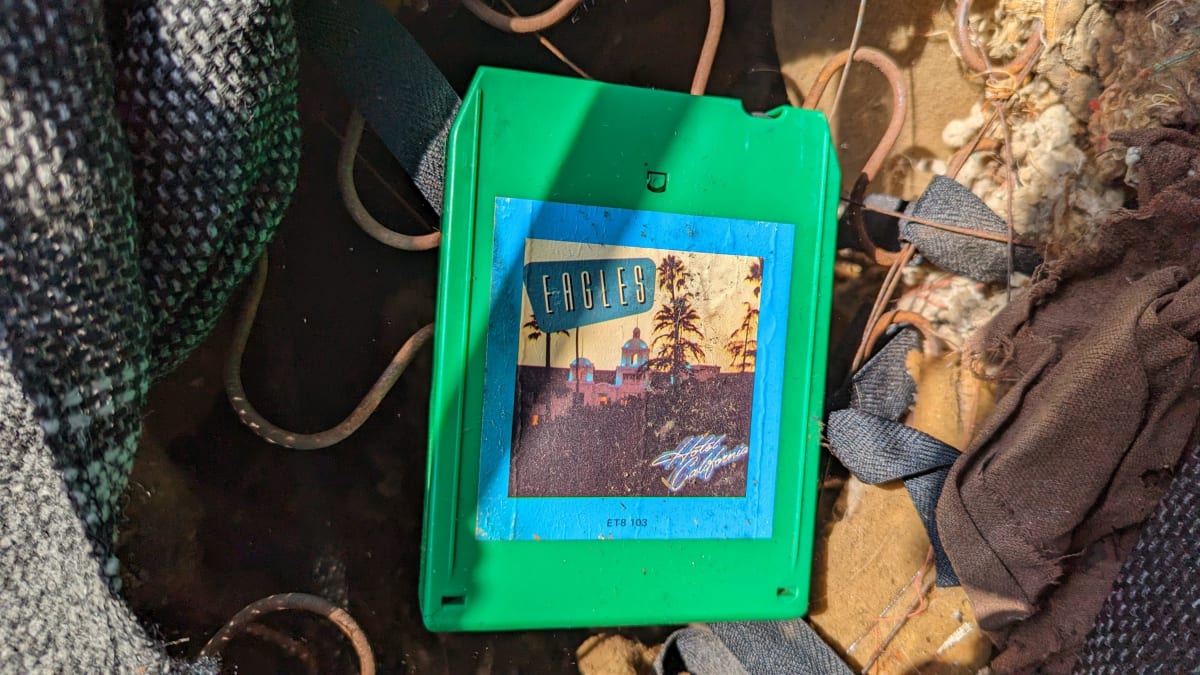
That said, I couldn’t resist examining the 8-track tapes that littered the interior. Here’s Hotel California, the 1976 hit album by the Eagles.
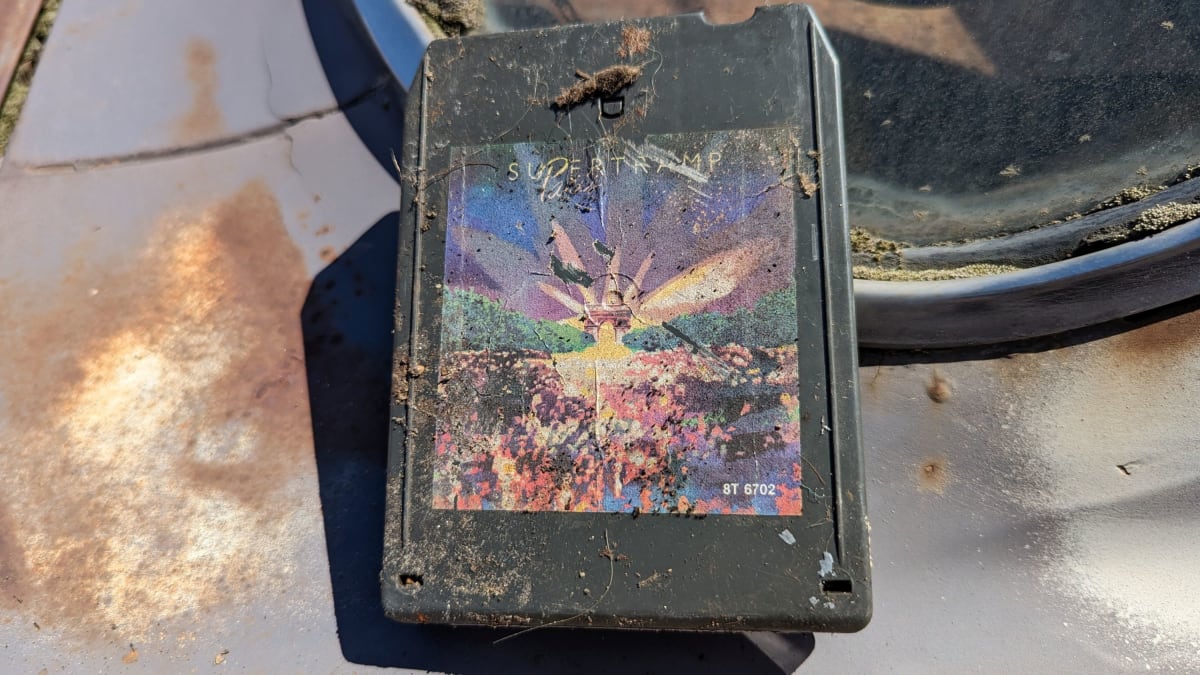
Supertramp’s Paris, a live album recorded from the 1979 Breakfast in America tour, is here as well.
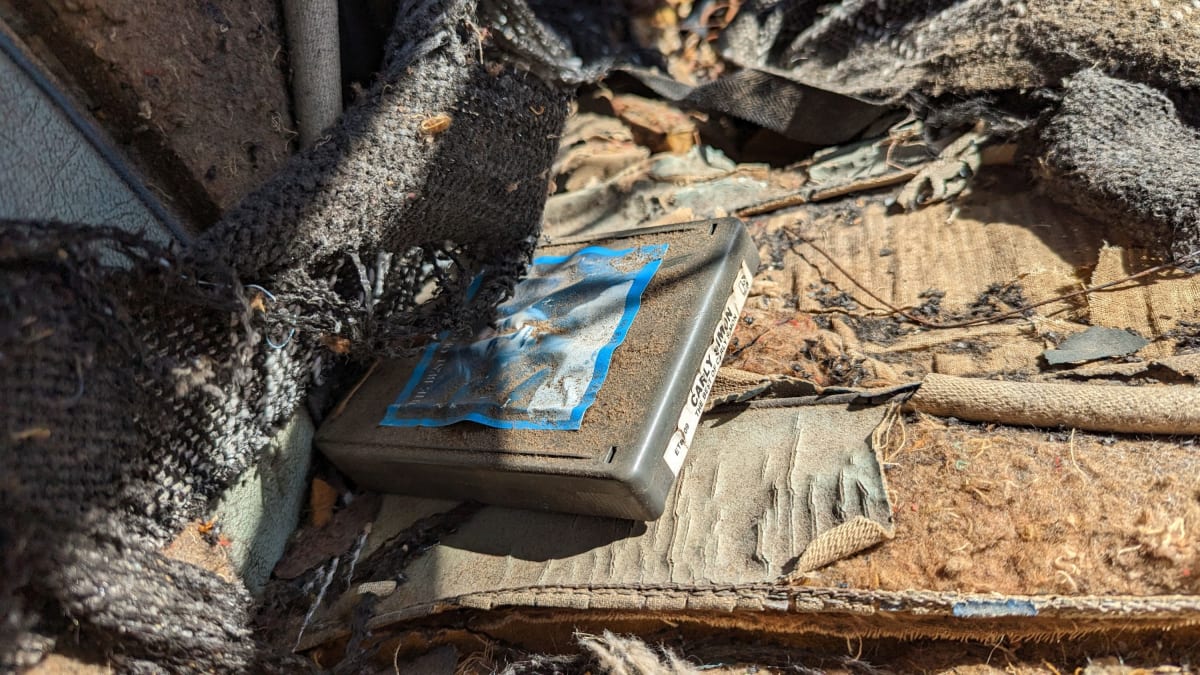
Here’s The Best of Carly Simon, from 1975.
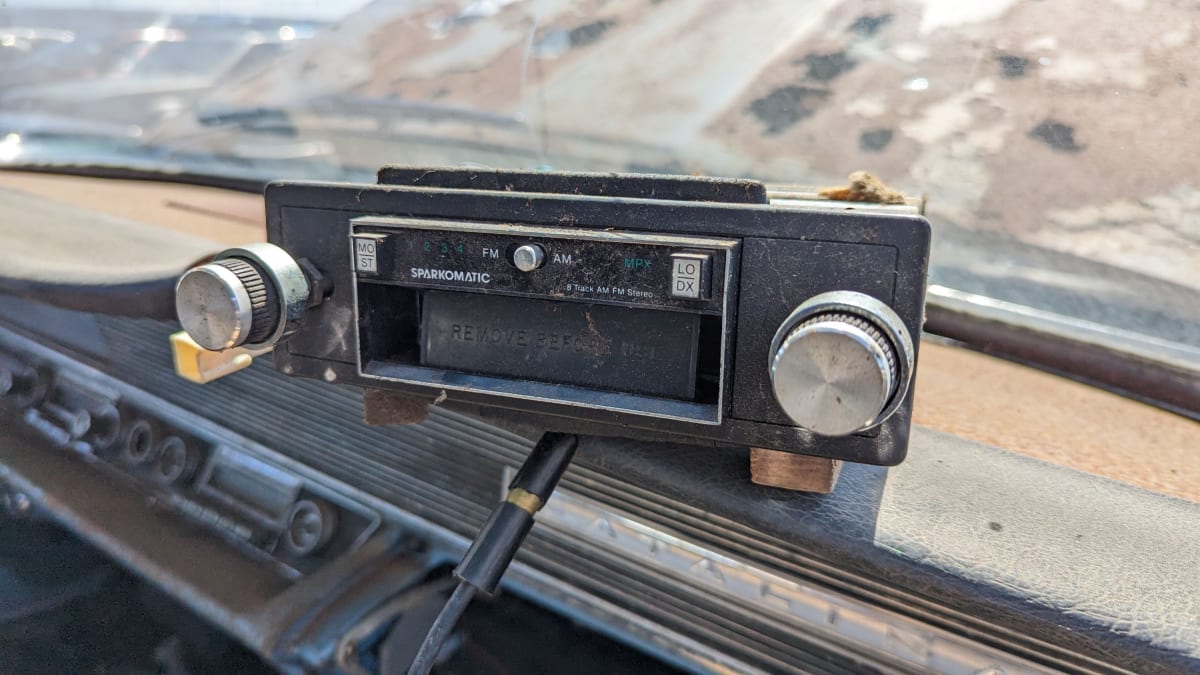
The tapes were played on this Sparkomatic player, which probably lived in the glovebox or under the seat.
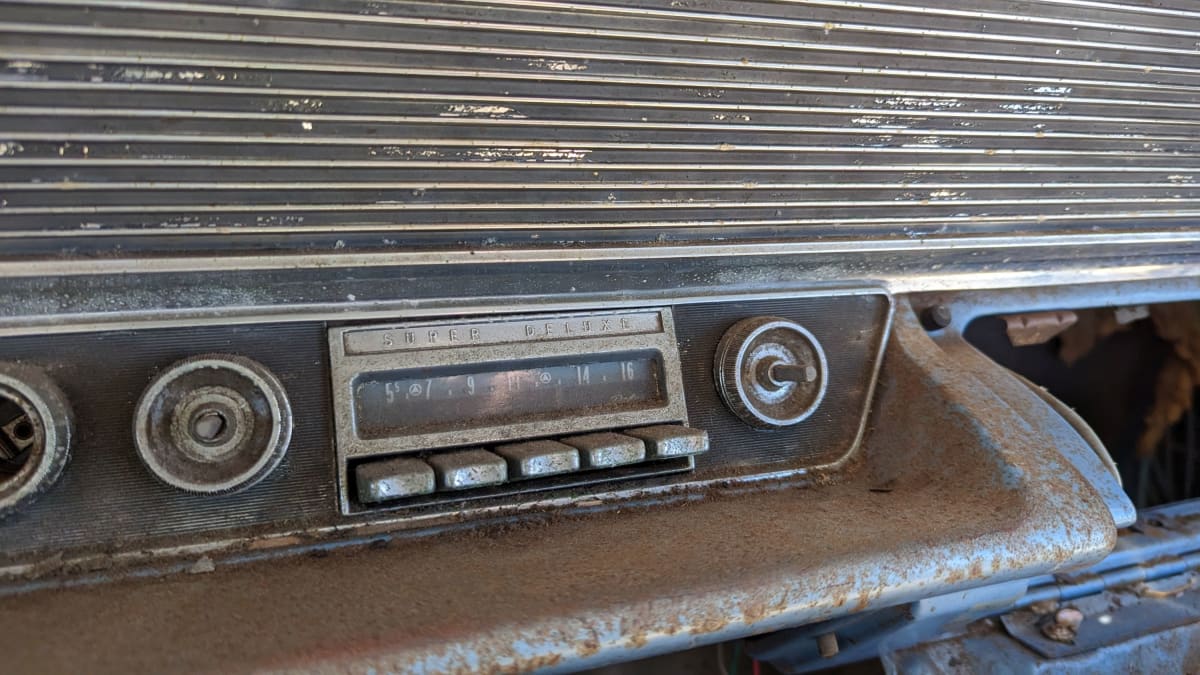
The factory radio was AM-only, and includes the frequency markings for the atomic-attack CONELRAD emergency frequencies. 1964 was the last year for mandatory CONELRAD radios in the United States.
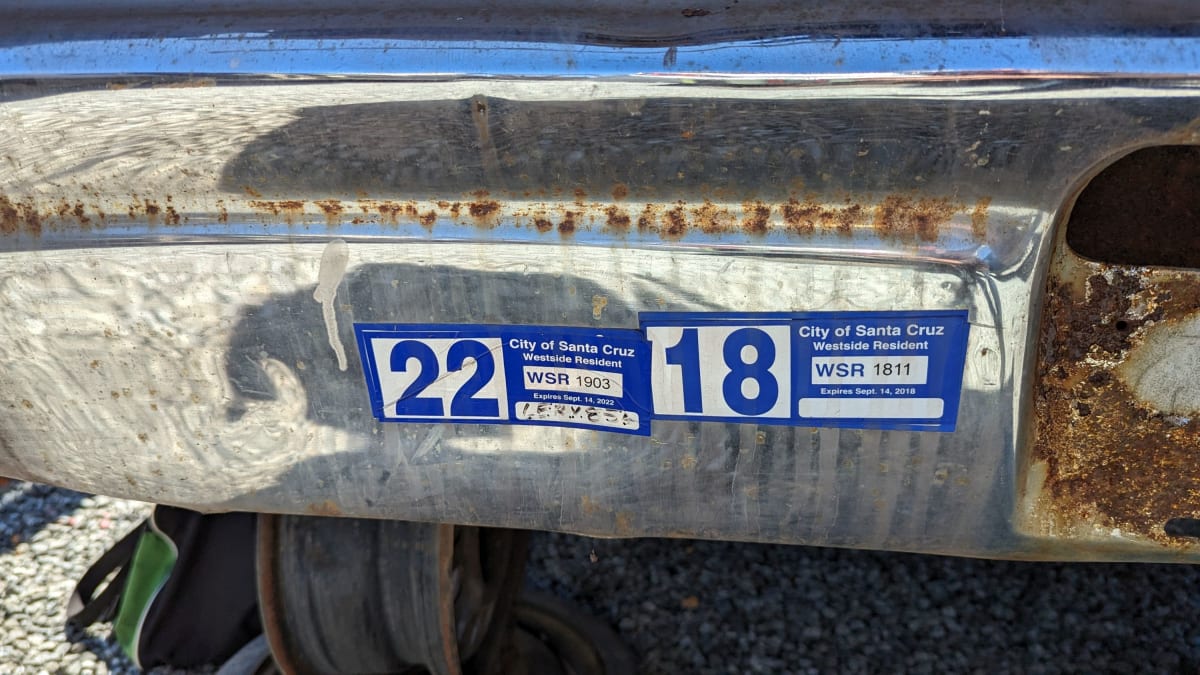
The wretched condition of this car suggested that it had spent at least several decades abandoned in a field or driveway somewhere, but the bumper has a series of recent parking permits for the busy Westside neighborhood of Santa Cruz. This car must have been street-parked and registered, and it may even have driven in this condition.
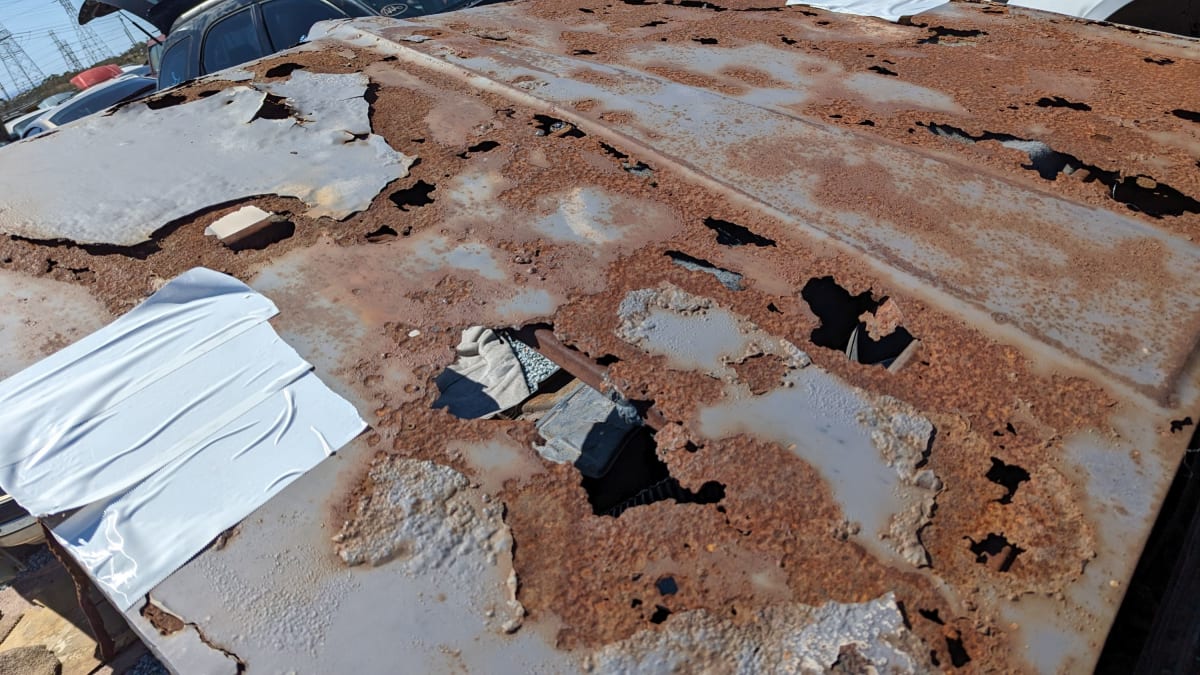
There’s plenty of the kind of salt-spray-induced body rust you see on California cars that park near the Pacific Ocean.
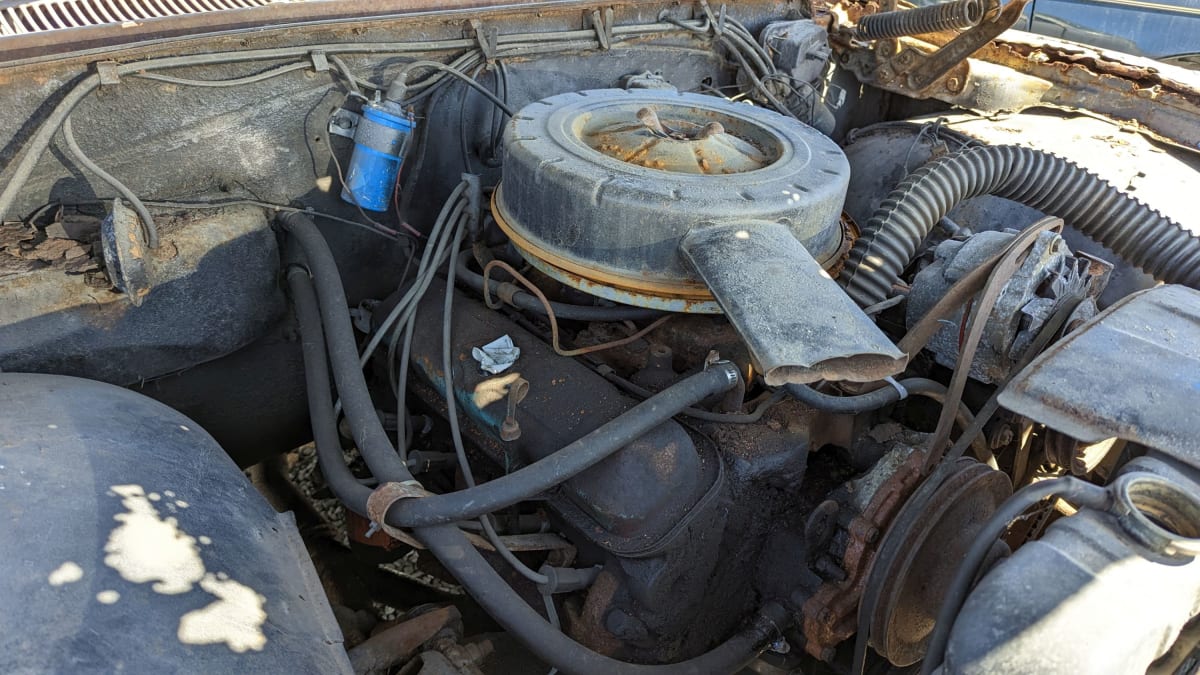
The base engine in the 1964 Catalina was a 389-cubic-inch (6.4-liter) Pontiac V8 rated at 235 horsepower, but that was just on cars equipped with the base three-on-the-tree manual transmission.
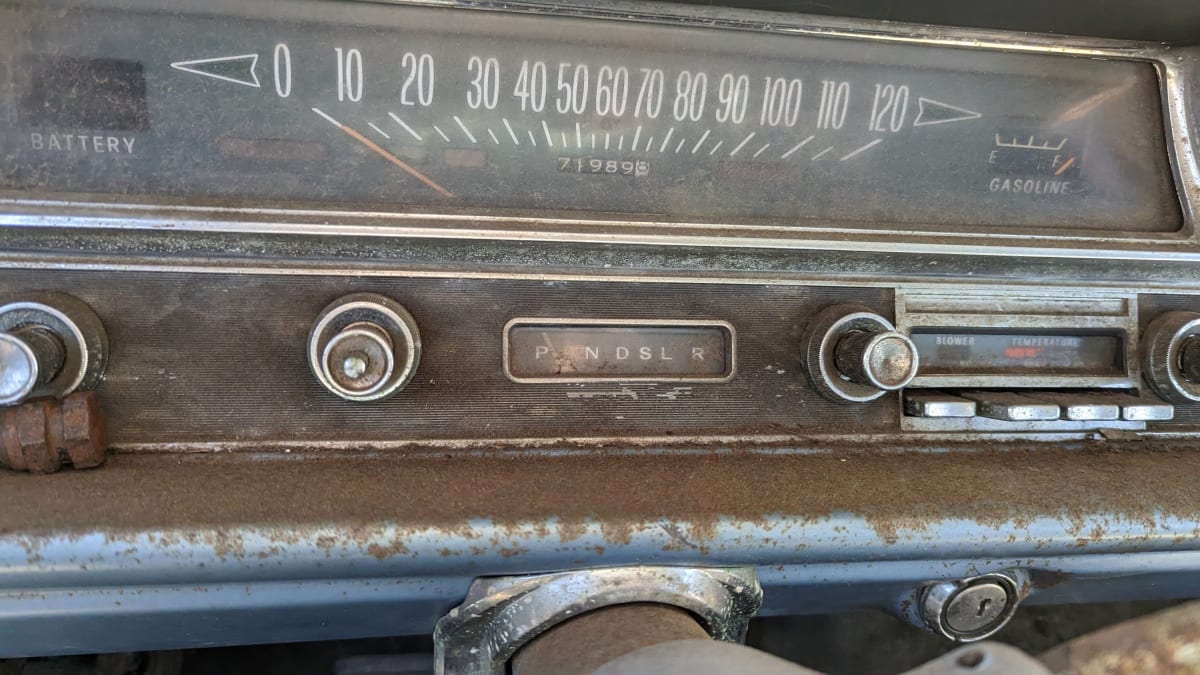
This car has the optional three-speed Hydramatic automatic transmission, which meant that the car got a 389 with higher compression and 267 horsepower; a four-on-the-floor manual was available as well (and was dismayingly rare on full-size Pontiacs).
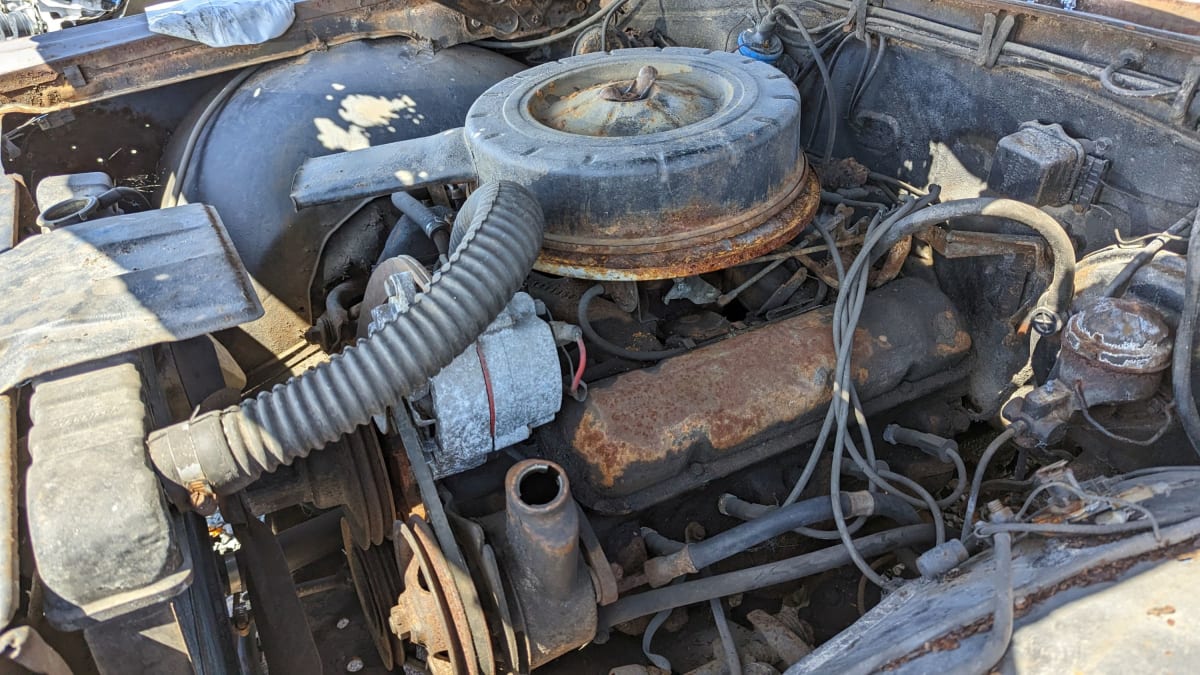
A 421-cubic-inch Pontiac V8 was optional, but I’m pretty sure this is a 389 (you can’t tell them apart at a glance). The real players got the mighty Trophy 421 with triple carburetors and 370 horsepower, bolted to the four-speed manual.
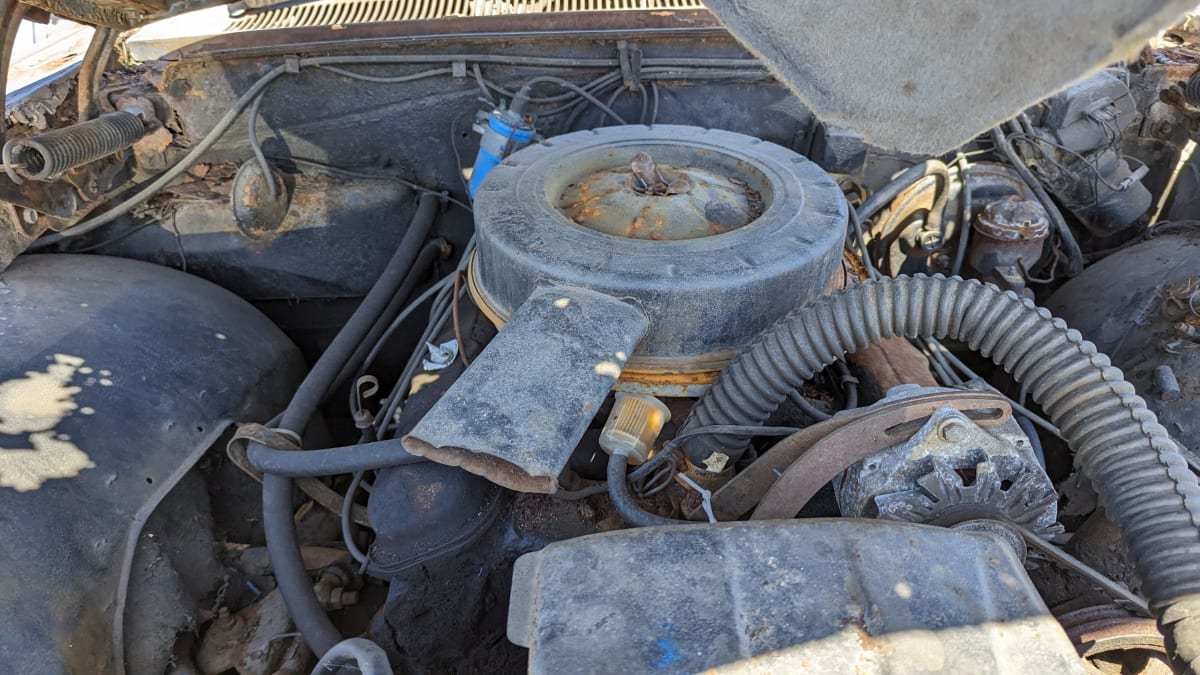
The first model year for the famous Pontiac GTO was 1964, and its money-printing formula was simple: take the midsize Pontiac Tempest coupe and drop in the 389 from the big Pontiacs. Maybe some NorCal GTO owner will rescue this engine before it gets to the crusher.
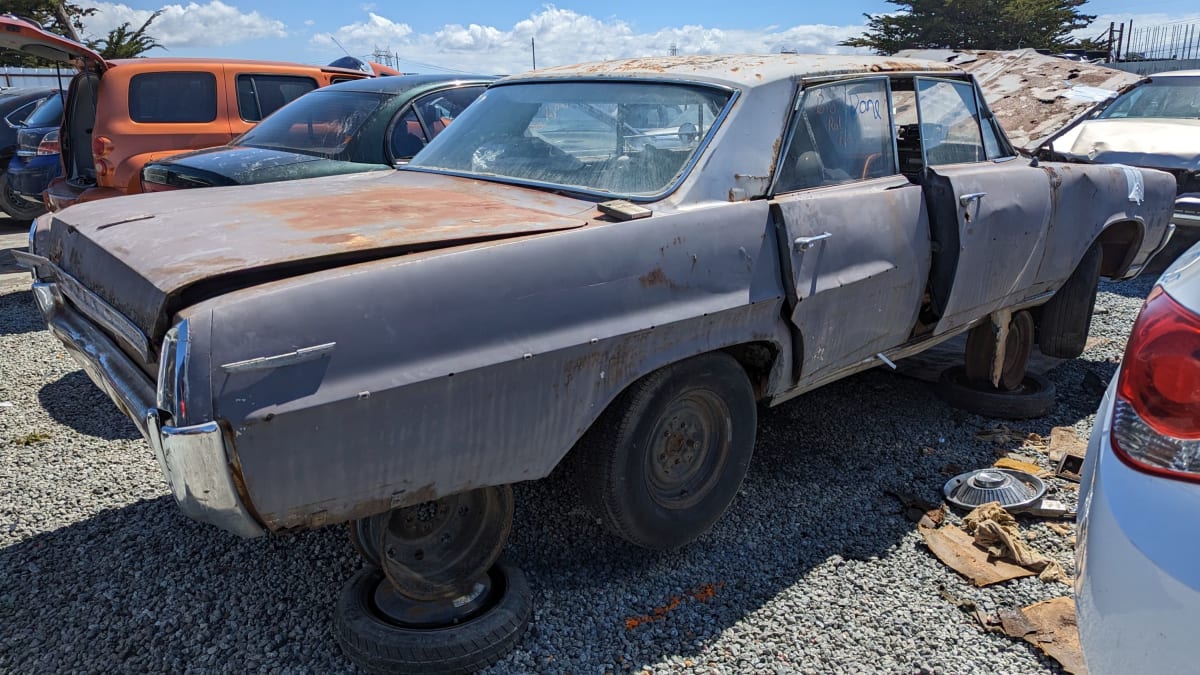
There was no way a car this rough was ever going to be restored, so the best we can hope for is that some of its parts will live on in other cars.
Only the incredible agility of the ’64 full-size Pontiac allows you to blow through the tollbooth without paying.







